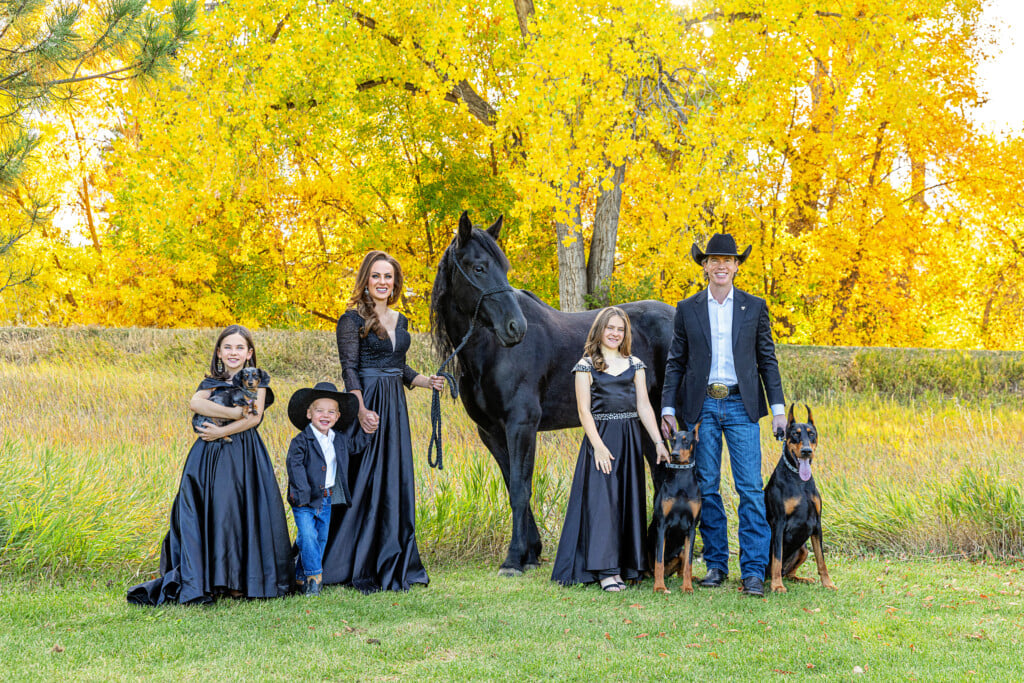Is Tennis One Of The World’s Healthiest Sport?
Can tennis really add up to a decade to our life spans? Colorado experts weigh in
When Lisa Winston stood up to give a toast at her 60th birthday dinner in Denver late last year, she tearfully thanked her tennis friends—and the sport itself—for saving her life.
“I moved to Denver in my mid-50s and didn’t know one person,” she recalls. “I wasn’t in a good emotional space, and it was scary as hell. But tennis changed my whole outlook on life.” Through an evening drill class, Winston met a group of women who would help motivate her emotionally, mentally and physically. “For me, it was a new beginning.”
Winston isn’t alone. Tennis has grown exponentially in Colorado, and participation is booming, thanks to the ease of entering the sport at any age and varying skill levels, the social component and, of course, the widely reported health benefits associated with the game.
Fritz Garger, executive director of U.S. Tennis Association Colorado, says that the Denver/Boulder region currently leads the nation in tennis league participation, and the Centennial State is No. 1 for adult tennis tournament play. “It really is one of the world’s healthiest sports because it combines so many aspects of one’s well-being—improved cardiovascular and bone health, enhanced motor skills, agility and coordination, stress relief and increased cognitive function. And, it has an extremely low injury rate,” he says, adding that USTA Colorado signed up its 1 millionth player last year.
The benefits of tennis aren’t just speculative: According to a 2018 Copenhagen City Heart Study conducted by the Mayo Clinic, playing tennis was associated with a life-expectancy gain of nearly 10 years, compared to those who lived a sedentary lifestyle. This number leads other sports, such as cycling, swimming and running. Why? Although people obviously experience an array of positive physical outcomes from tennis, the difference between tennis and other sports is the experience of overall happiness. “Tennis helps people connect with others, to socialize and be a part of something in a positive way,” says Garger. “It gives people a place of belonging, a path to find friendships and camaraderie.”
Inclusive of all demographics, tennis offers a wide array of positive outcomes, confirms Porter Emery, director of racquet sports at Bowmar Racquet Club in Littleton, who has seen this firsthand through the 25 different USTA leagues and 450 participants at his club. “Sure, people are out there to play and win, but it’s just as much about the social aspect,” he says. “It’s the younger moms whose kids are finally a little bit older and who now want to be active and make new friends, and it’s the middle-aged and older folks who want to get back into shape and find the level of tennis they played 10 years ago.”
In addition, Emery says tennis is the best way to trick yourself into a cardio workout. “Hitting the ball is so much more appealing than going on a 5K run,” he says. “Mentally, socially, emotionally and physically—tennis has it all.”
Maureen Kechtriotis, assistant coach for the University of Denver’s women’s tennis team, agrees. “For me, it’s the freedom. I get to move, I get to laugh. It’s a great stress-reliever because tennis releases so many endorphins. I feel so much happier and relaxed.” Kechriotis, who also coached the boys’ and girls’ tennis teams at South High School for six years, stresses the importance of discipline and hard work for college and high school students, both physically and mentally. “Tennis is preparing these students to go out in the work force. It develops them as humans with resilience, independence, determination and focus.”
“It’s a fun way to spend time and get a comprehensive workout. Plus you can play at any age, regardless of skill or activity level.”
—Maureen Kechriotis, assistant coach, DU women’s tennis team
Younger children, too, can benefit from tennis, not only from the agility, speed and endurance aspect, but also from the mental perspective, including problem solving, strategy and sportsmanship. “You have to learn how to win and lose graciously,” says Andy Booth, tennis pro at Gates Tennis Center and the JCC Tennis Center of Denver. “It’s a sport of ladies and gentlemen.” And for those who start playing tennis at a young age, participants will experience stronger, healthier bones.
Although he jokes that his women’s drill classes at the Jewish Community Center can be almost too social, Booth says he’s seen physical changes in his clients that are astounding, including one client he’s been working with for the past six months who has already lost 60 pounds and is down to 17 percent body fat. “His life today is completely different,” says Booth. “Tennis really is the healthiest sport.”
As for Winston, after a hip replacement last year, she found herself back on court within four months, grateful for every day she can play tennis, whether in a drill, a USTA tournament or just enjoying league play. “Tennis is the number-one one thing that expanded my outlook. It got me moving, yes. But through tennis, I’ve also met the greatest people in my life.”
Rebecca Gart is a 3.5-level player who loves laughing on and off the court with her tennis friends. And, yes, she needs to work on her serve.














